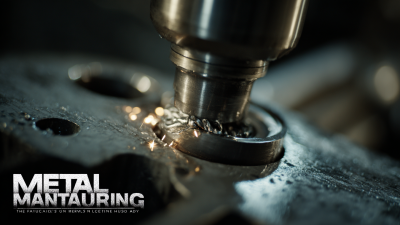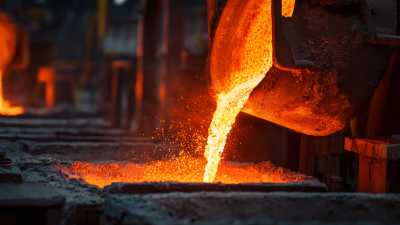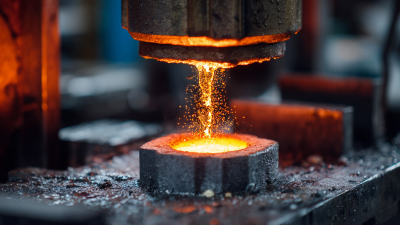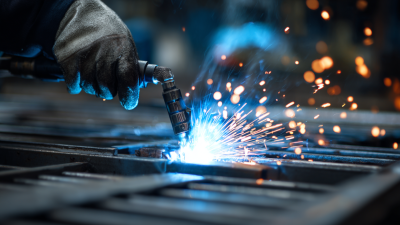The metal casting industry has evolved significantly, with advancements steering towards achieving higher efficiency and quality in production processes. According to the American Foundry Society, the sector is expected to grow at a CAGR of 5.5% from 2020 to 2025, highlighting the increasing demand for efficient metal casting techniques. Achieving 90 percent efficiency in metal casting not only enhances product quality but also reduces waste and production costs, aligning with the principles of sustainable manufacturing.
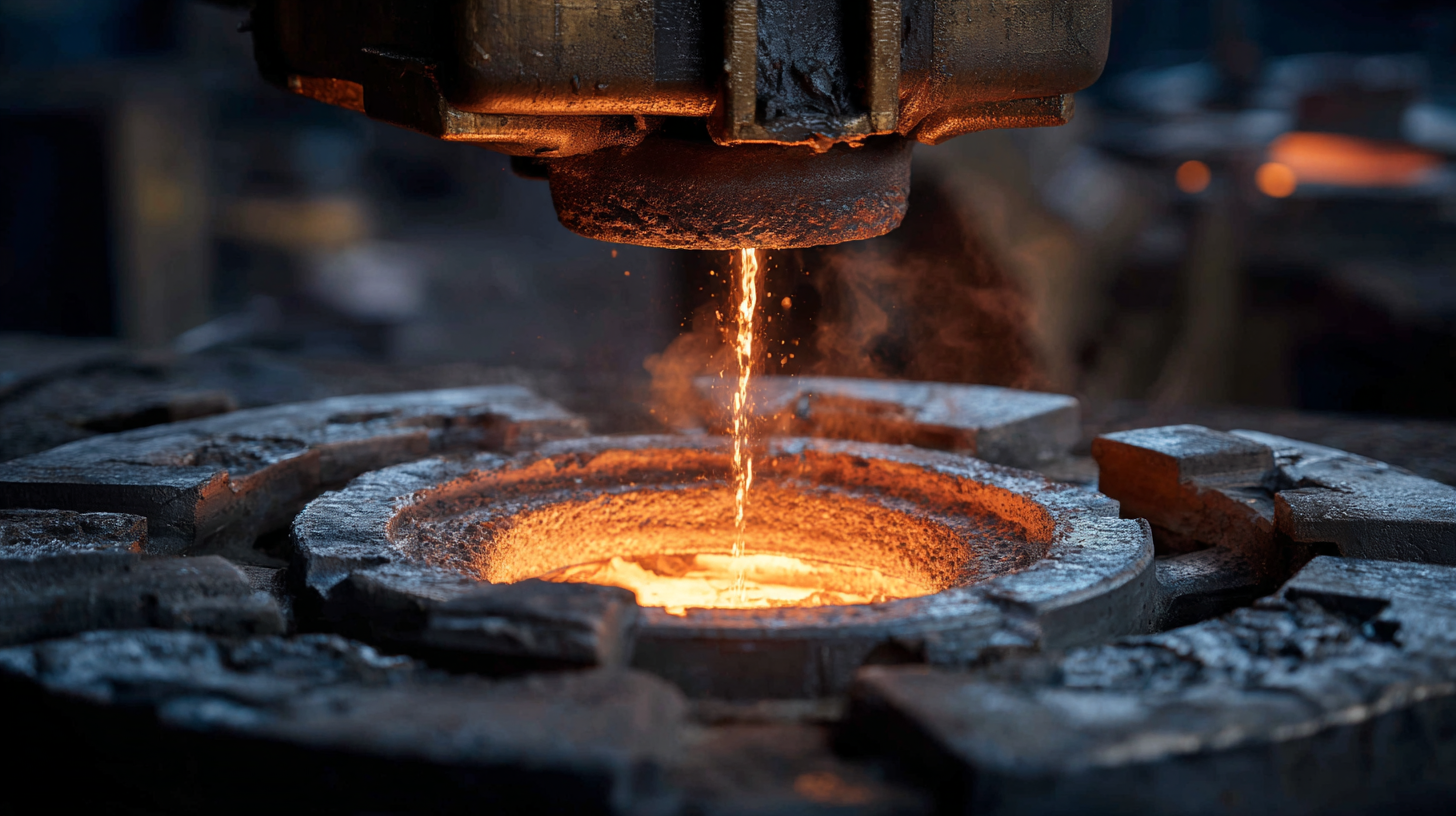
As organizations strive to improve their operational efficiencies, it becomes imperative to implement best practices and cutting-edge technologies in metal casting. This guide explores various techniques aimed at augmenting production efficiencies and achieving high-quality outcomes, while also addressing the industry's ongoing challenges and innovations.
High-quality metal casting is fundamental for ensuring durability and performance in various applications. Understanding the basics of metal casting techniques is essential for achieving high efficiency—up to 90 percent in some cases. Techniques such as sand casting and die casting play crucial roles in the production process. Recent advancements in technology, such as the integration of small data machine learning, have allowed for the optimization of casting processes. This leads to enhanced product quality and reduced material waste, highlighting the importance of systematic approaches in manufacturing.
Tips for High-Quality Metal Casting:
1. Material Selection: Choose appropriate materials based on the specific requirements of your casting project. Nonmetallic inclusions can adversely affect the final product’s quality, so pay attention to the purity and composition of the alloys used.
2. Process Control: Implement rigorous monitoring and control mechanisms during the casting process. Techniques like phase-field simulations are proving beneficial in refining methods and anticipating issues that could lead to defects.
By focusing on these foundational elements, manufacturers can adopt practices that not only assure high-quality outputs but also contribute to sustainable manufacturing goals in the industry.
The efficiency of metal casting is fundamentally influenced by several key factors that can significantly enhance the quality of the final product. One of the primary factors is the selection of raw materials. High-quality metals and alloys not only improve the fluidity during the casting process but also enhance the mechanical properties of the finished piece. The use of premium materials reduces defects and ensures a more consistent casting process, which ultimately leads to efficiency gains.
Another essential element is the design of the casting process itself. Optimizing the mold design can lead to better heat distribution and reduced solidification times. Techniques such as using computer-aided design (CAD) for pattern optimization and simulation tools can predict potential issues and refine the casting parameters. Additionally, maintaining precise control over the casting environment—like temperature and pressure—can further minimize waste. Implementing these strategies allows for a streamlined production process, ensuring that quality is upheld while advancing efficiency in metal casting operations.
Recent advancements in innovative technologies are paving the way for enhanced quality in metal casting processes. Notably, the integration of simulation software has revolutionized the design and optimization of casting operations. By enabling engineers to analyze and refine their processes digitally, these tools significantly reduce the need for costly physical modifications, ultimately increasing efficiency and product quality. This digital transformation is vital for industries like automotive and aerospace, where precision and efficacy are paramount.
Moreover, companies like YIZUMI are adopting eco-friendly practices and technologies to improve the sustainability and effectiveness of their offerings. For instance, the adoption of biopolymer-based nanocomposites is showcasing promising results in enhancing mechanical and gas barrier properties, which can be translated into improved casting formulations. These innovative approaches not only contribute to the reduction of carbon footprints but also enable manufacturers to meet the growing demand for high-quality, sustainable products in the market. The continuous exploration of new materials and techniques promises to reshape the metal casting landscape, leading to more efficient and superior manufacturing processes.
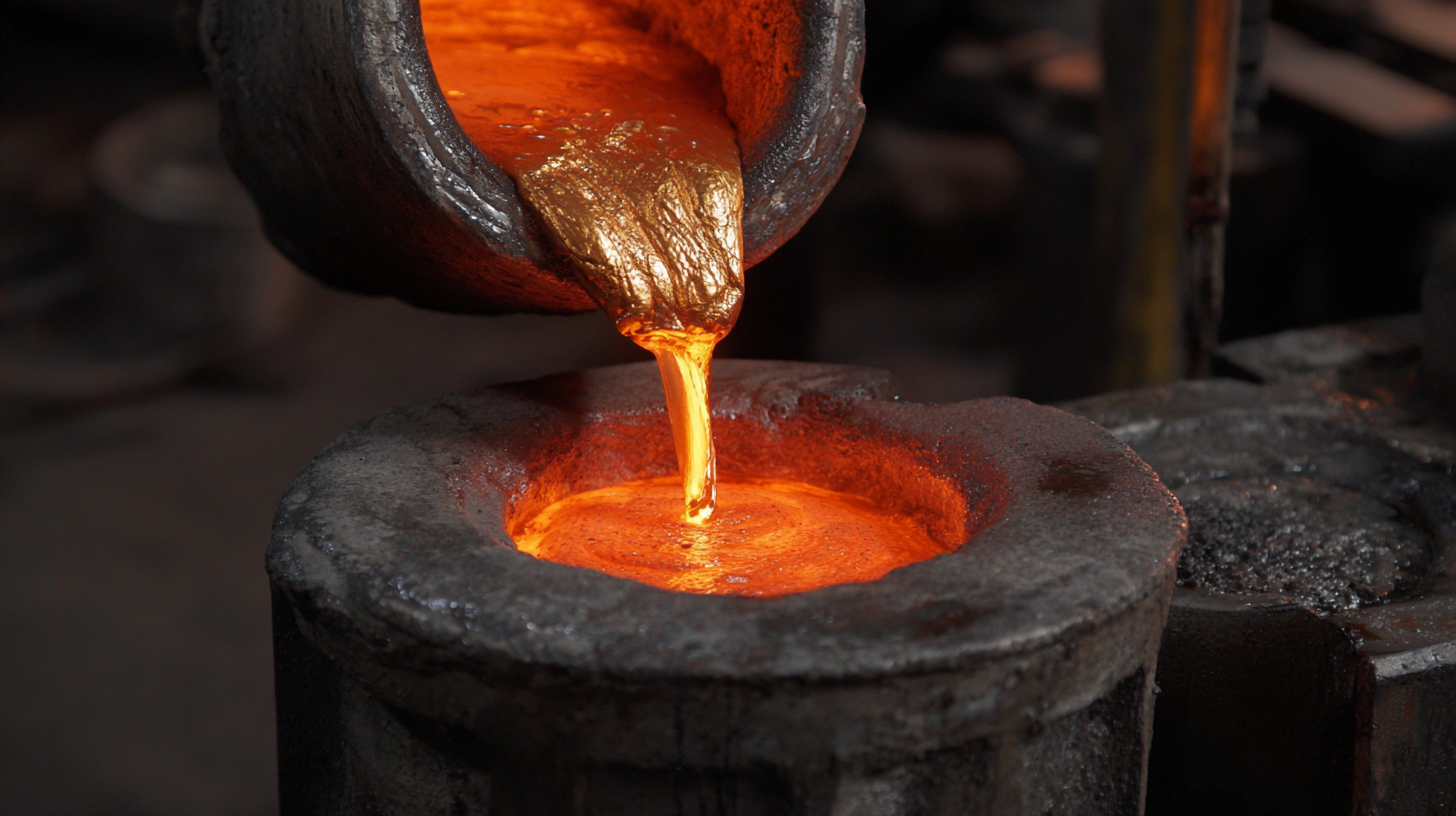
Achieving high-quality metal casting with 90 percent efficiency requires the implementation of best practices that streamline production while maintaining the integrity of the final product. One of the most effective techniques is the adoption of advanced casting methods, such as high-pressure die casting. This technique has gained traction in industries requiring large-scale and complex components, as it minimizes material waste and enhances the precision of the cast items.
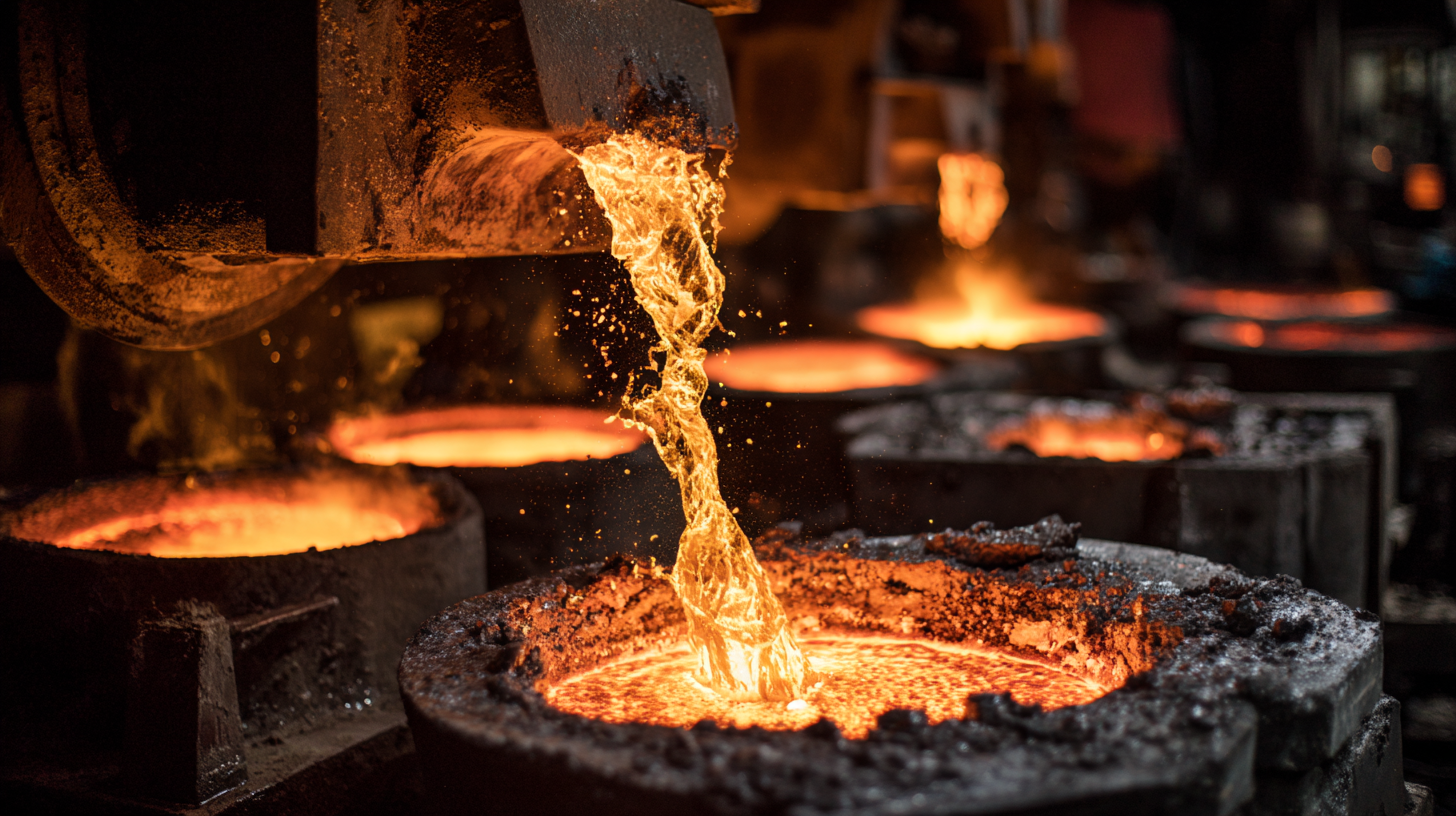
Incorporating technologies like integrated die casting can also significantly improve efficiency. This method allows for the creation of large, intricate parts in a single process, effectively reducing production time and costs. Companies can explore automation in their casting processes, ensuring consistent quality and faster turnaround times. The combination of these modern practices, grounded in innovative technology, can lead to enhanced productivity and substantial cost savings in the metal casting industry.
In the pursuit of achieving high-quality metal casting with 90 percent efficiency, the evaluation and monitoring of performance stand out as crucial components. By implementing advanced image signal processing (ISP) techniques, we can enhance the performance of deep neural networks (DNNs) used in computer vision tasks. Recent studies show that optimizing ISP parameters can yield significant improvements in image clarity and feature detection, thereby facilitating better insights into casting processes. For instance, research has demonstrated that tuning DNN parameters alongside adaptive ISP algorithms has resulted in a 20% increase in detection accuracy for surface defects in metal cast products.
Furthermore, effective monitoring of machine learning models utilized for robotic detection plays a pivotal role in ensuring optimal results. The integration of robust MLOps frameworks can streamline the processes of model training and deployment, as seen in numerous industry reports highlighting efficiency gains of up to 40% when utilizing such systems. Continuous evaluation metrics enable real-time feedback and adjustments, ensuring that the machine learning models remain effective and aligned with the production standards. By adopting these advanced methodologies, manufacturers can significantly enhance both the quality and efficiency of their casting operations.
This chart illustrates the casting efficiency percentages of various techniques used in high-quality metal casting. Technique E demonstrates the highest efficiency at 95%, while Technique D shows the lowest at 75%. Monitoring and refining these techniques can lead to increased productivity and quality in metal casting processes.
